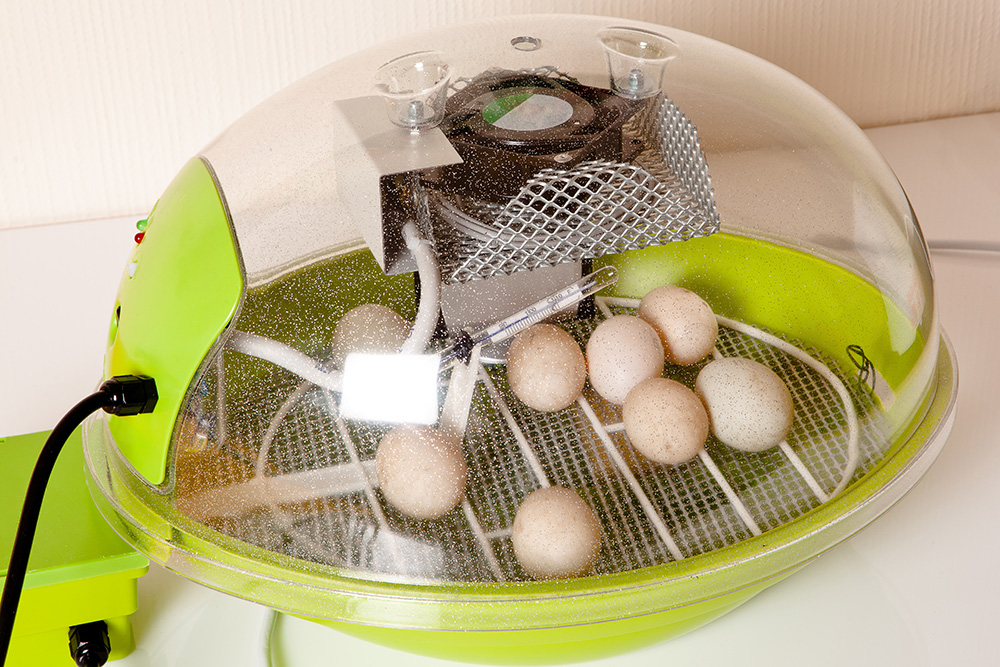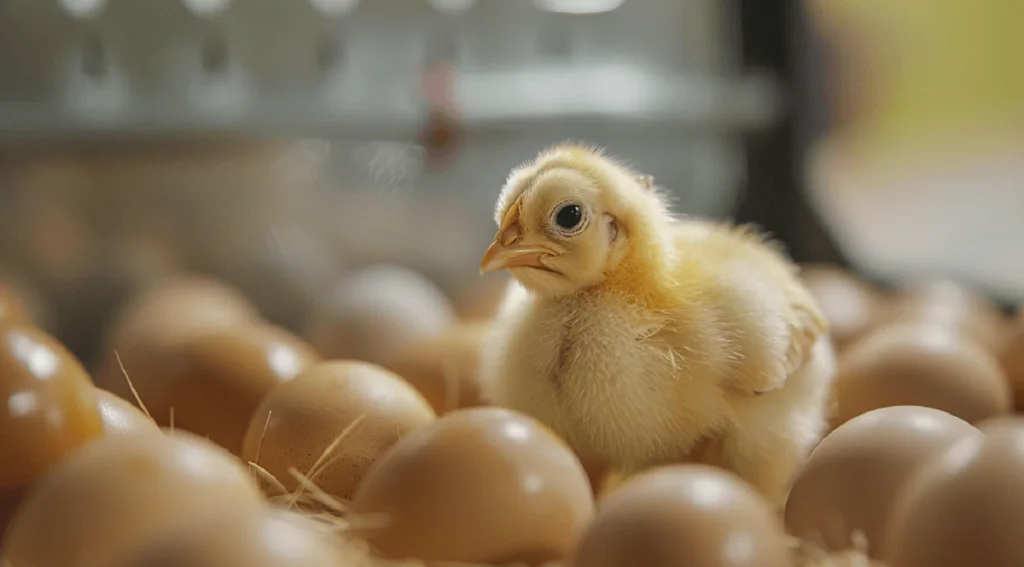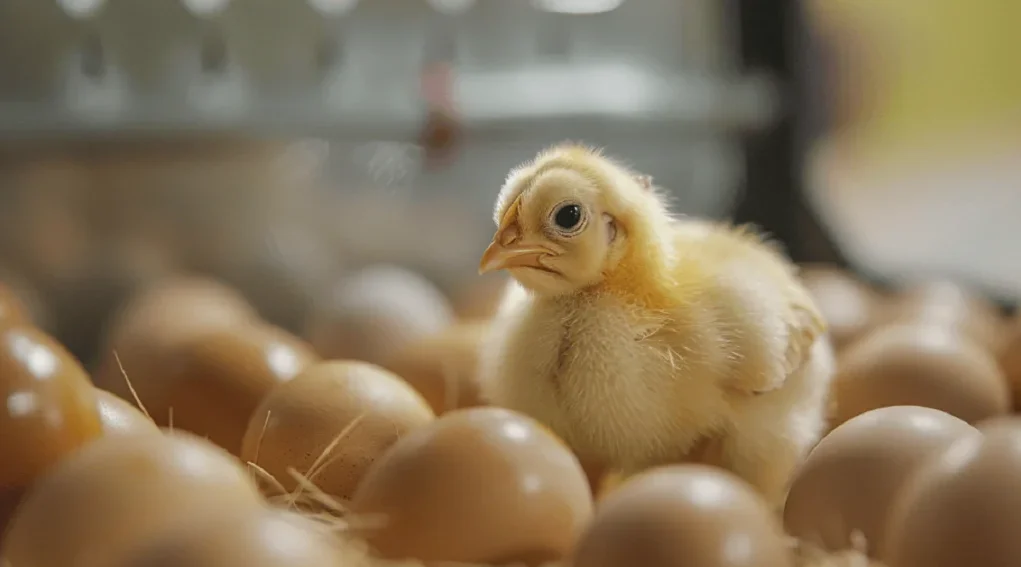For many chicken enthusiasts, the experience of hatching eggs is both thrilling and rewarding. However, there may be times when some eggs remain unhatched. Knowing what to do with unhatched eggs is crucial for anyone who wants to manage their flock effectively and humanely. In this article, we’ll delve into the steps you can take when faced with unhatched eggs and offer insights into why this may occur.

Understanding the Incubation Process
Before we dive into solutions, it’s essential to understand the basics of the incubation process. Eggs require the right temperature, humidity, and turning to develop properly. Sometimes, despite optimal conditions, some eggs may not hatch. This can be due to various reasons, such as fertility issues or developmental problems. For more on ensuring optimal conditions, check out this incubation guide.
Reasons for Unhatched Eggs
Fertility Problems
One common reason for unhatched eggs is fertility issues. Not all eggs laid by hens are fertilized, which means they won’t develop into chicks. Regularly checking the fertility rate of your flock can help you manage expectations.
Improper Conditions
Even with the best intentions, incubators can malfunction or conditions might not be ideal. It’s important to monitor the temperature and humidity closely. For tips on managing humidity, visit our related article.
Developmental Issues
Some embryos may stop developing due to genetic abnormalities or other health issues. In such cases, there’s little that can be done to ensure the egg hatches.
Handling Unhatched Eggs
When to Intervene
It’s crucial to be patient and give eggs enough time to hatch. Sometimes, late hatches occur, so wait a few days past the expected hatch date before taking action.
Checking for Signs of Life
Before discarding any egg, perform a float test or candle the egg to check for signs of life. This step helps ensure that you’re not prematurely disposing of viable eggs. For guidelines on troubleshooting incubation issues, see our troubleshooting guide.
Disposing of Unhatched Eggs
If you’re certain an egg is not viable, dispose of it properly. Burying the egg or composting is an environmentally friendly option. Always practice hygiene and wash your hands thoroughly after handling unhatched eggs.
Preventing Future Issues
Regular Monitoring
Regularly monitor the conditions within your incubator. Ensuring that the temperature remains consistent and the humidity is at the right level can prevent many issues. For more on this topic, visit our section on incubating eggs in different climates.
Quality Egg Selection
Start with high-quality, fertilized eggs. Check for cracks, deformities, or other signs of damage. Transport them carefully to avoid jostling. For tips on handling eggs, see our article on egg transport.
Learning from Experience
Every hatching experience is a learning opportunity. Keep a record of your incubation results, noting any patterns or frequent issues. This can help improve future hatching success rates.

FAQs
How long should I wait before discarding an unhatched egg?
Typically, it’s best to wait a few days beyond the expected hatch date. Sometimes, eggs hatch late due to slight variations in incubation conditions.
What are the signs that an egg will not hatch?
Signs include a lack of development when candling, a foul odor, or a failed float test.
Can unhatched eggs be reused or repurposed?
It’s generally not advisable to reuse unhatched eggs due to potential contamination and health risks.
For a more comprehensive understanding of egg incubation, visit this beginner’s guide to egg incubation.
This article contains affiliate links. We may earn a commission at no extra cost to you.











